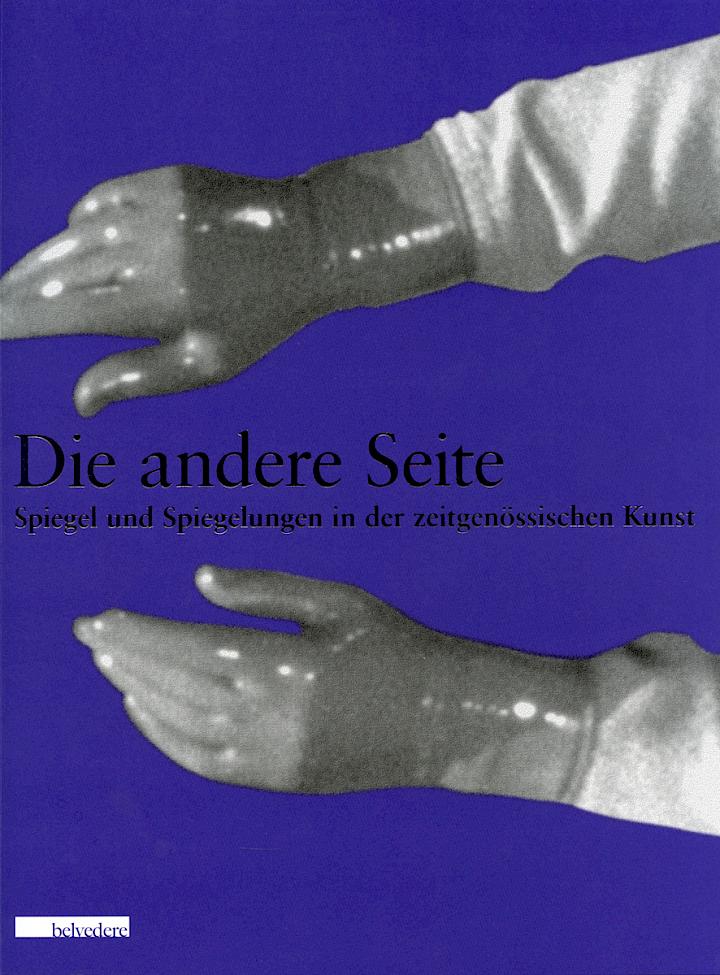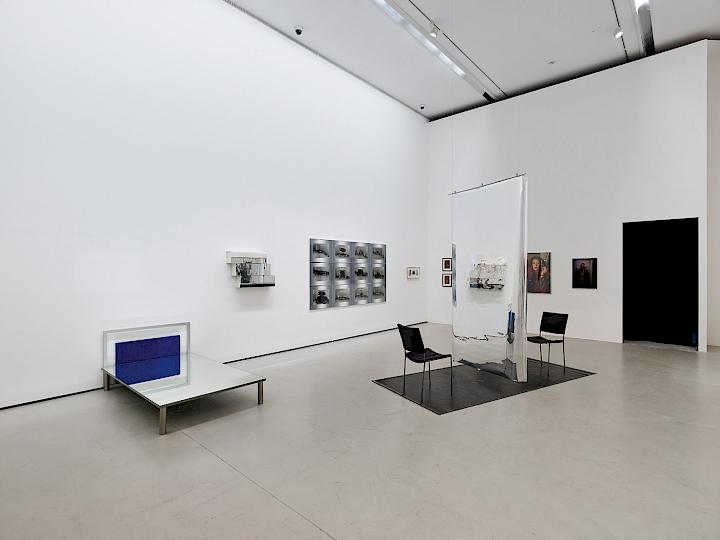Mirrors and Reflections in Contemporary Art
18/06/14 till 12/10/14
In the exhibition The Other Side - Mirrors and Reflections in Contemporary Art the Belvedere takes a look at the various aesthetic and symbolic aspects of this reflecting surface. Mirrors have been imbued with meaning in art and culture from classical antiquity to the present day. Classical civilizations believed the mirror showed an image of the soul, in the art of medieval Europe it was thought to reflect chastity, transience, and sensual pleasures as well as obsession with cleanliness, and in the Baroque era it was a symbol in vanitas imagery. It is considered a medium of self-perception, an instrument for narcissistic self-doubling, and a cult object with magical properties that can conjure up supernatural powers. Its metaphorical meanings are varied and contradictory. The mirror’s popularity in contemporary art has many origins. In an increasingly secular time, it introduces touches of transcendence and of magic. It also emphasizes the narcissistic self-aggrandizing, now so central in a society enveloped by a media world of talent shows, beauty contests and panel discussions. Indeed, on a daily basis these TV genres pose that fairy-tale question: Mirror, mirror on the wall, who is the fairest of them all? This, to a certain extent, is also a revival of the Baroque vanitas theme. mehr
In the twentieth century the mirror was emancipated from being a subject in depictions to become a material and object of art itself. It is both a vehicle and focal point for philosophical and psychological investigation. Heimo Zobernig’s broken and blind mirror deprives it of all illusion, transforming it into a mere material, while Michelangelo Pistoletto’s mixed media works combine real mirrors with painting or sculpture, thus incorporating the viewer in the content of the image here and now. Mirror iconography has also gained new facets through the media of photo, video, and film. Cindy Sherman’s Untitled Film Stills, for instance, are an ironic revision of the escapist illusory worlds constructed by the Hollywood dream factory, and Jean Cocteau has Jean Marais enter a parallel universe through a mirror. By contrast,
Douglas Gordon explores the mirror as a prop for the construction of the self. He loops the famous scene from Martin Scorsese’s film Taxi Driver, in which Robert de Niro musters up an alter ego as a trigger-happy killer.
The exhibition The Other Side - Mirrors and Reflections in Contemporary Art will show sculpture, installations, photography, video and film by artists including John Armleder,
Pierre Bismuth, Jean Cocteau, Elmgreen & Dragset, Isa Genzken, Douglas Gordon, Joan Jonas, Birgit Jürgenssen, Elke Silvia Krystufek, Bruno Peinado, Michelangelo Pistoletto, Gerold Tagwerker, Franz West, Erwin Wurm and Heimo Zobernig.
Belvedere, Vienna; Photo: Gregor Titze, Vienna


